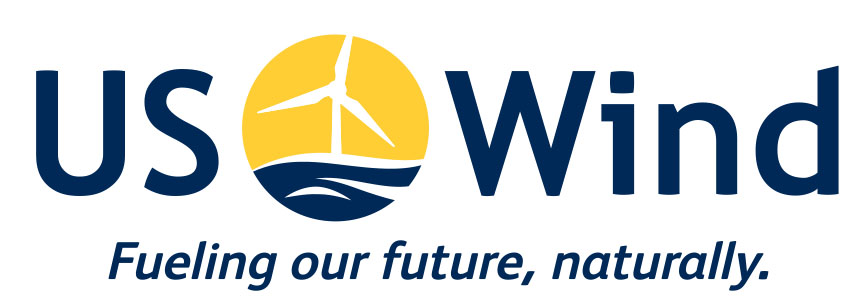Boosting Local Economies: How Offshore Wind Energy Can Help Your Community
The offshore wind industry has made significant strides in economies around the world, particularly in Europe and in Asia, in the last decade, so much so that it has created a phenomenon known as the “additional employment effect,” due to large-scale labor requirements.
This will stimulate remarkable job opportunities in the United States, which has a rich source of offshore wind power just waiting to be harnessed. Maryland’s offshore wind potential, thanks to its geographic location, will largely benefit its economy for generations to come through the following:
- Infrastructure improvements
- Offshore construction
- Maintenance
- Supply chain effects
- Turbine manufacturing
With the support and blessing of environmentalists, labor organizations, and state and local manufacturers, U.S. Wind is ready to get the project fully off the ground. Furthermore, U.S. Wind has also actively engaged and is continuously working with the Maryland business community, minority investors, and city agencies and organizations in its commitment to long-term workforce and industrial facility development.
U.S. Wind’s 722 Megawatt (MW) offshore wind project is set to be built in three phases:
- Development (2015 to 2019, pending review and approval): Land and sea surveying, early mapping, and deployment of Meteorological Tower, which will be used to design the turbine’s support structure and foundations.
- Construction (begins in 2018; estimated completion is by 2022): will initially create 400 direct jobs for the 250 MW phase, amounting to more than $370 million in economic activity mainly in Baltimore City and Baltimore County alone.
- Operation and Maintenance (approximately 20 to 25 years): will result in $609.8 million for the Offshore Wind Renewable Energy Credits (OREC), and $11,968.4 million for the full wind farm in terms of in-state economic impact, and the creation of 4,116 full-time equivalent (FTE) highly paid, skilled jobs across the state over the life of the project.
It cannot be understated how much this will also help every family in Maryland. Because offshore wind is generally stronger and more abundant than onshore wind, which better corresponds to peak electricity demand, it will reduce electricity transmission and congestion costs. This will ultimately preserve household disposable income, public resources, and business capital in communities nearest to offshore wind.
